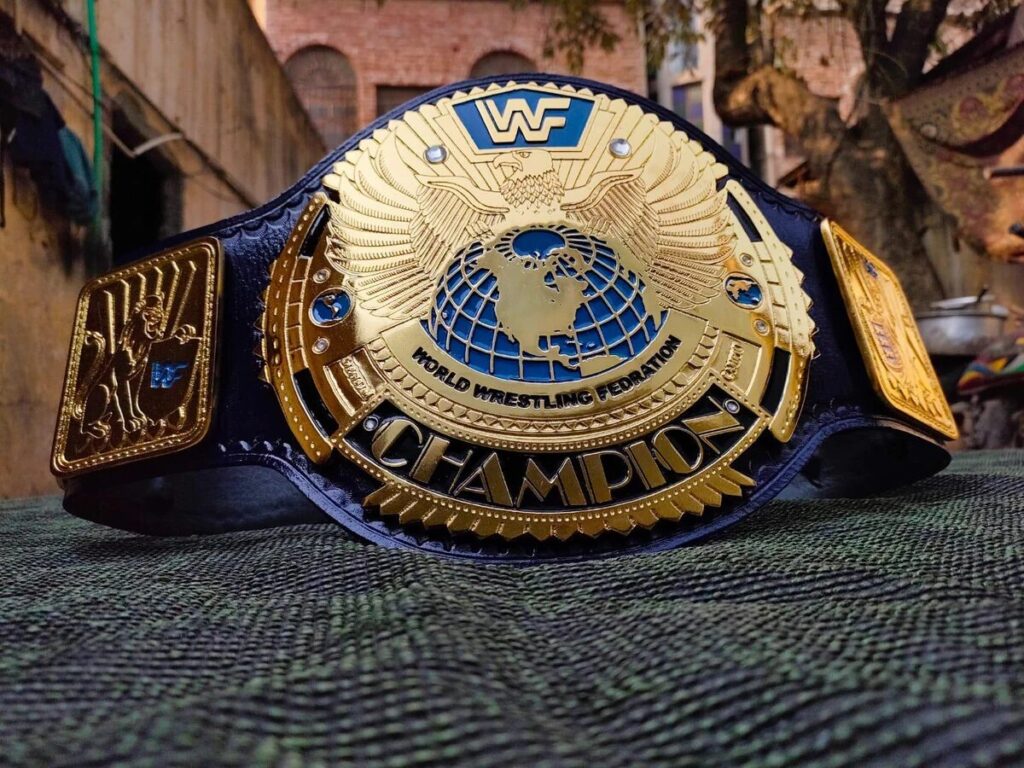Introduction:
Championship belts, more than just accessories, serve as iconic symbols of triumph and success in the world of sports. From boxing rings to wrestling arenas and beyond, these intricately designed, coveted accessories are more than just a means to hold up a pair of trousers—they represent the pinnacle of achievement for athletes. In this article, we will explore the history, significance, and design evolution of championship belts across various sports, shedding light on the unspoken glory they bestow upon their wearers.
I. The Origins of Championship Belts:
The concept of awarding wwe championship belts with can be traced back to the late century, primarily in the realm of professional boxing. The tradition of presenting a championship belt to a victor emerged as a tangible and enduring symbol of their accomplishment. The idea quickly gained popularity, spreading to other combat sports like wrestling, mixed martial arts (MMA), and even to non-combat sports in some instances.
In the early days of boxing, the championship belt was often a simple, leather strap with a modest buckle. However, as the significance of these belts grew, so did the craftsmanship and design, evolving into intricate pieces of art that mirror the prestige associated with championship victories.
II. Symbolism and Prestige:
Championship belts go beyond being mere tokens of victory; they embody the blood, sweat, and tears that athletes pour into their respective crafts. These belts symbolize not only individual triumphs but also the dedication and sacrifice required to reach the pinnacle of a sport. In the world of combat sports, wearing a championship belt elevates an athlete to legendary status, signifying their dominance over their peers.
The belts also serve as a visual representation of the rich history and tradition associated with each sport. The names engraved on these belts create a lineage, connecting past champions to the present, and immortalizing their legacy for future generations. Each scratch, dent, or mark on the belt tells a story, a testament to the battles fought and won by its previous owners.
III. Evolution of Design:
Over the years, the design of championship belts has evolved from simple leather straps to elaborate, custom-made creations. The craftsmanship involved in designing these belts has reached new heights, with intricate details reflecting the culture, ethos, and history of the sport they represent.
In boxing, for example, the World Boxing Council (WBC) belt is known for its green and gold color scheme, symbolizing prosperity and prestige. The World Wrestling Entertainment (WWE) belts, on the other hand, often feature bold designs with personalized logos, reflecting the theatrical and entertainment aspect of professional wrestling.
In MMA, organizations like the wrestling championship belts have pushed the boundaries of design, creating belts that are not only visually stunning but also capture the essence of the sport. These belts incorporate elements like national flags, weight class distinctions, and event-specific details, adding a layer of uniqueness to each championship.
IV. Championship Belts Beyond Combat Sports:
While championship belts are synonymous with combat sports, their influence has extended beyond the ring or octagon. In motorsports, for instance, various racing series award drivers and teams with championship belts to commemorate their victories. These belts often feature intricate car motifs, checkered flags, and personalized details, embodying the adrenaline-fueled nature of racing.
In esports, a rapidly growing sector of competitive gaming, championship belts have also become a coveted prize. Gaming organizations and tournaments now embrace the tradition, presenting champions with custom-designed belts that celebrate their skill, strategic prowess, and dedication to the virtual arena.
V. Cultural Impact and Collectability:
Championship belts have become cultural artifacts, ingrained in the fabric of popular culture. From movies and television shows to video games, the image of a triumphant athlete raising a championship belt overhead is a universally recognized symbol of victory.
Moreover, championship belts have become highly sought-after collectibles among fans. Authentic replicas and limited-edition releases of these belts are made available for purchase, allowing enthusiasts to own a piece of sporting history. The market for championship belt memorabilia has grown exponentially, with collectors eagerly acquiring belts associated with legendary athletes and iconic moments.
VI. Challenges and Controversies:
While championship belts are revered symbols of achievement, they are not immune to controversy. Some critics argue that the proliferation of belts in certain sports has diluted their significance, with multiple organizations within a single sport crowning their own champions. This fragmentation has led to debates about the legitimacy of certain championships and confusion among fans.
Additionally, disputes over the design of championship belts have arisen, with athletes and organizations sometimes clashing over creative choices. These conflicts highlight the delicate balance between tradition and innovation in the world professional wrestling championship.
Conclusion:
Championship belts stand as tangible manifestations of athletic excellence, representing the culmination of years of dedication, discipline, and sacrifice. Their evolution from humble leather straps to elaborate, customized works of art mirrors the growth and transformation of the sports they symbolize. As these belts continue to captivate audiences and athletes alike, their significance goes beyond the material – they are the embodiment of dreams realized and legacies etched in history.
